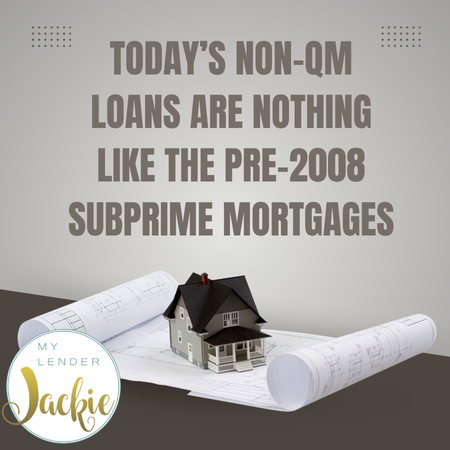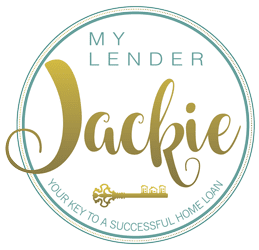
But here’s the truth: today’s non-QM loans are nothing like those pre-2008 subprime products. They’re carefully underwritten, fully regulated, and designed for financially strong borrowers who simply have unique income situations, such as entrepreneurs, investors, or high-net-worth individuals with non-traditional income. If you’re wondering what the difference is, we can help, with years of experience helping our Southern California mortgage applicants.
What “Non-QM” Actually Means
“Non-QM” stands for non-qualified mortgage — a loan that doesn’t meet every guideline set by the Consumer Financial Protection Bureau (CFPB) for traditional “qualified” loans. That doesn’t mean it’s unsafe. It simply means lenders use alternative methods to verify income and assess ability to repay.
These programs serve borrowers who don’t fit neatly into the traditional lending box — like business owners using bank statement loans, retirees relying on asset-based income, or investors with multiple real estate holdings.
Subprime Loans (Then) vs. Non-QM Loans (Now)
To understand how far lending standards have come, it helps to compare how the old subprime loans worked versus how today’s non-QM mortgages are structured.
Before 2008, subprime loans were often issued with no income or asset verification — sometimes called “no-doc” or “stated income” loans. Borrowers could claim earnings without providing proof, and lenders rarely checked whether they could actually afford the loan. Adjustable-rate mortgages with teaser rates and negative amortization were common, leading many homeowners to face payment shocks when rates reset.
In contrast, modern non-QM loans require full documentation — usually through bank statements, verified assets, or other proof of cash flow. We must follow the Ability-to-Repay (ATR) rule to make sure borrowers demonstrate a clear capacity to handle the mortgage responsibly. These loans are fully regulated under Dodd-Frank and CFPB oversight, with no predatory features or inflated risk-taking.
Subprime loans were marketed to underqualified borrowers with poor credit. Non-QM loans, on the other hand, are designed for financially solid clients — often self-employed professionals, business owners, or high-income earners with complex financial portfolios.
In short: Subprime loans ignored financial reality. Non-QM loans document it differently, and don’t present any added risk to you in comparison to a conventional mortgage.
Who Benefits from Non-QM Loans
Modern non-QM programs were built for borrowers who are financially responsible but don’t fit inside the traditional lending mold. Examples include:
- Self-employed professionals using 12–24 months of bank statements instead of tax returns
- Real estate investors qualifying based on rental income or property cash flow
- High-net-worth individuals using asset-based lending to leverage their portfolios
- Commission-based earners or those with multiple income sources
These borrowers often have strong credit, significant assets, and healthy down payments — they just earn differently. We understand, and we know how to work with you.
Why Non-QM Loans Are Safe and Sustainable
After the housing crisis, federal regulations reshaped the mortgage industry to protect both lenders and borrowers. Non-QM loans must comply with the Ability-to-Repay rule, meaning lenders have to verify that borrowers can reasonably afford their payments.
Additionally, most non-QM loans today have:
- Higher minimum credit scores (often 680+)
- Down payments of 10–20% or more
- Manual underwriting by experienced teams
- No negative amortization or interest-only gimmicks
This makes non-QM lending a safe, transparent, and flexible option, not a risky throwback to pre-2008 practices.

